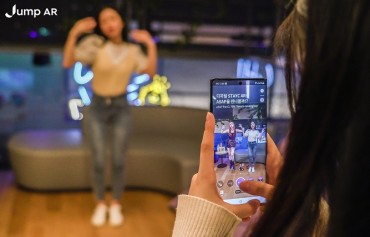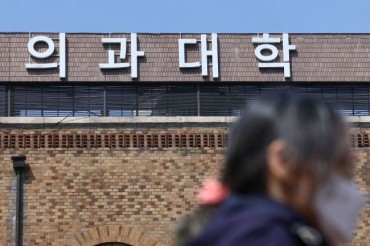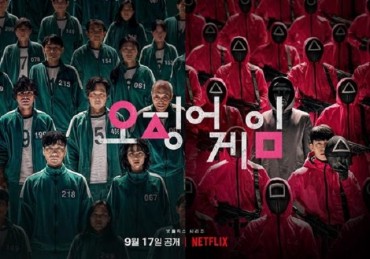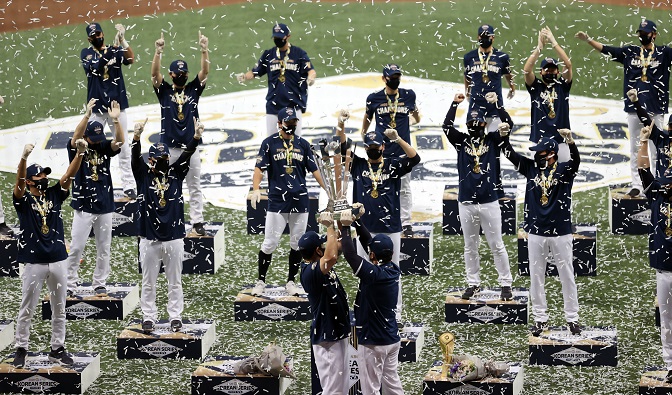
Members of the NC Dinos celebrate their Korean Series championship following a 4-2 victory over the Doosan Bears in Game 6 at Gocheok Sky Dome in Seoul on Nov. 24, 2020. (Yonhap)
SEOUL, Nov. 25 (Korea Bizwire) — The start of a baseball season is so significant that it is a common noun in the sport’s parlance: Opening Day.
It is supposed to be a time of hope and excitement, when every team is tied for first place and no one has lost a game yet.
But in this pandemic-plagued year of 2020, the Korea Baseball Organization (KBO) had an Opening Day unlike any other.
It was a time of despair, anxiety and uncertainty. The season was supposed to start on March 28, but the novel coronavirus called the shots.
The date was moved to May 5, the latest beginning to a season since the league’s inception in 1982. Though the league set out to play a full, 144-game schedule, no one knew for sure how many games could be played during the pandemic.
Turn the clock forward to November.
On Tuesday, the NC Dinos won the Korean Series title over the Doosan Bears.
Every team played the full 144 games during the regular season. Other than shortening the opening round from best-of-five to best-of-three, the KBO staged a complete postseason.
That the KBO got to the finish line at all, despite all the hurdles, was an accomplishment in and of itself.
There will be no question about the legitimacy of the championship this year, and no need for an asterisk in the record books indicating that the Dinos won the title after a truncated regular season.
If anything, the Dinos should get an asterisk indicating that they deserve extra credit for winning it all during a season dominated by the pandemic.
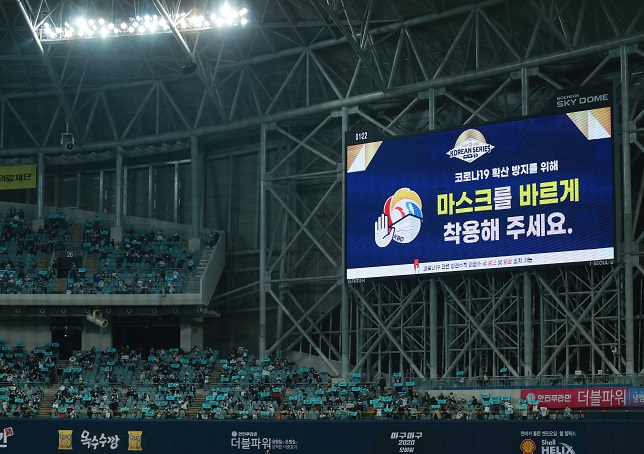
A message displayed on one of the two scoreboards at Gocheok Sky Dome in Seoul on Nov. 18, 2020, reminds spectators to wear masks properly during Game 2 of the Korean Series between the Doosan Bears and the NC Dinos. (Yonhap)
Major League Baseball (MLB), in contrast, could only manage a 60-game season rather than the full 162-game set.
Ugly labor disputes between the owners and the players’ union over the length of the season and the amount of prorated salaries were played out in public, making for horribly bad optics at a time when people were dying and losing jobs.
When the season did begin, the Miami Marlins and the St. Louis Cardinals suffered COVID-19 outbreaks in their club houses, and some players flaunted league-wide health protocols.
Justin Turner, the third baseman for the World Series champions Los Angeles Dodgers, was pulled during the clinching Game 6 after receiving the news of his positive COVID-19 test, but he joined his teammates, sans mask, in their title celebration.
No positive COVID-19 tests were reported among KBO players.
“It was a full team effort, with the league and the national health authorities all working together,” Ryu Dae-hwan, KBO’s secretary-general, said.
“We took some preemptive steps in putting together the health and safety manual. But above all, we should give credit to the players and the clubs for their cooperation and patience. They made it possible for the full season to be completed.”
But there were some scares along the way.
From late March to early April, while training for a delayed May 5 start to the regular season, five of the KBO’s 10 clubs were forced to cancel practices when players showed symptoms associated with COVID-19 or after players came in contact with someone infected with the virus.
They had to hold their breath until negative test results came back.
The season began without any fans in the stands, though the start of a new baseball season served as a symbol that things were returning to normal — or at least as normal as they can be during the global pandemic. Empty ballparks became the new norm.
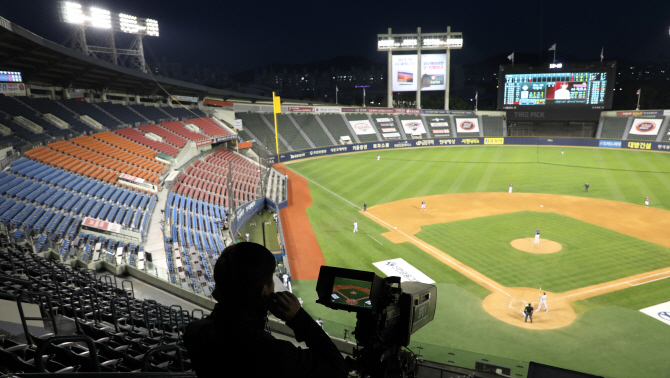
A Korea Baseball Organization regular season game is under way between the Doosan Bears and the LG Twins at Jamsil Stadium in Seoul on May 6, 2020. (Yonhap)
Stadium gates finally opened back up on July 26, with the spread of the virus under control for weeks leading up to that point.
At first, clubs were only allowed to accept crowds at 10 percent of their stadium capacity. Then beginning the week of Aug. 10, the cap increased to 25 percent.
The excitement — for fans over being able to watch games in person and for clubs over getting some much-needed gate receipts — was short-lived.
Only a few days after the 25 percent cap was put in place, the government applied tighter social distancing rules in greater Seoul in response to a sudden spike in COVID-19 cases.
The rest of the country soon followed, and it forced all KBO teams to shut their stadiums once again.
Then on Aug. 31, one minor league pitcher for the Hanwha Eagles, Shin Jung-rak, tested positive for COVID-19, becoming the first professional baseball player to be infected.
Shin hadn’t pitched in the KBO since late June and had spent the whole summer in the Futures League.
One of Shin’s teammates also tested positive, but the rest of the team, including front office staffers, all tested negative.
Shin’s case appeared to put the KBO season on the brink, as some of Shin’s minor league teammates got called up to the KBO, but no more positive tests were reported in the KBO or the Futures League the rest of the season, including the playoffs.
Ryu Dae-hwan, the KBO official, disclosed that there were “a couple of cases every week” during the season when players came down with fever and had to be tested for COVID-19.
“We had to hold our breath every time,” Ryu said. “With the virus, there’s a lot of luck involved, too. You can be as careful as you want to be, and you can still contract it. We tried to minimize those risks for players.”
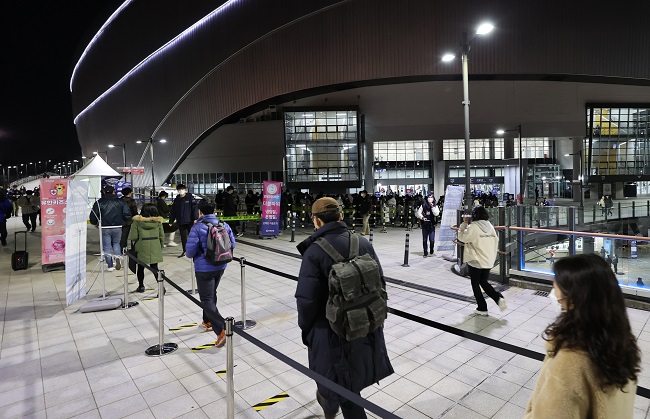
Baseball fans enter Gocheok Sky Dome in Seoul for Game 5 of the Korean Series between the Doosan Bears and the NC Dinos while maintaining safe distances outside the gate on Nov. 23, 2020. (Yonhap)
Fans returned to seats for the stretch drive in the regular season in October, as the government, buoyed by the slowing of virus cases, eased social distancing rules.
The government soon raised the cap on the size of crowds at sporting events from 30 percent to 50 percent of the stadium capacity.
The KBO’s postseason opened in the first week of November with half-full stadiums.
And starting in the penultimate round, all games were moved inside Gocheok Sky Dome in western Seoul, to protect fans and players against cold mid-November conditions.
With the season already pushed back, the KBO couldn’t afford rainouts during the postseason. The Nov. 24 finish is the latest conclusion to a season in KBO’s 39-year history.
The penultimate series between the Bears and the KT Wiz at the dome saw three of the four games sell out 8,200 seats, the maximum allowed under the 50 percent limit.
Then came the Korean Series, the final stage, and the first two games sold out 8,200 tickets on Nov. 17 and 18.
But effective last Thursday, the government raised the social distancing level a notch to 1.5 in the five-tier scheme in greater Seoul.
Crowds at sports games had to be capped at 30 percent of stadium capacity. Games 3 and 4, played last Friday and Saturday, had sellout crowds of 5,100.
The government tightened the screw even further on Sunday, and Level 2 distancing was put in place for Seoul and surrounding areas, effective Tuesday. Only 10 percent of the seats could be filled at stadiums and arenas.
In the Korean Series, Game 5 on Monday was the last to be played in front of 5,100. The deciding Game 6 on Tuesday only had 1,670 fans on hand to watch the 2020 KBO champions crowned.
It was by far the smallest crowd for a Korean Series game, a record that the league is hoping will never be matched or broken.
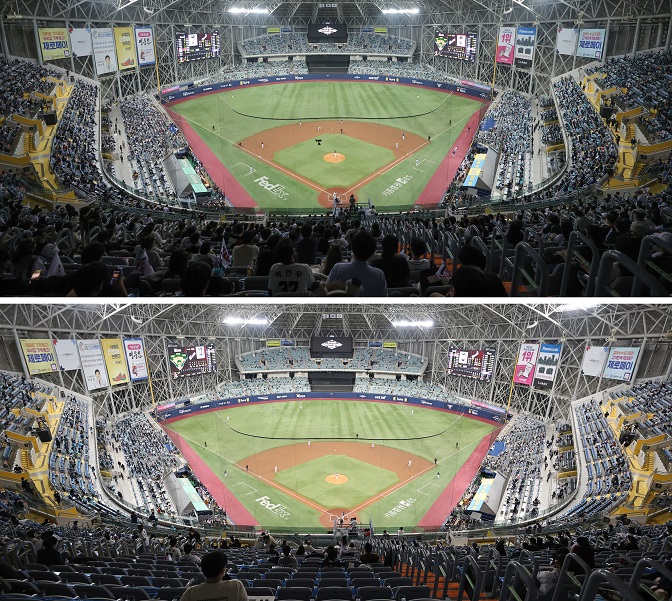
Top: Game 2 of the Korean Series between the Doosan Bears and the NC Dinos is played at Gocheok Sky Dome on Nov. 18, 2020, with a sellout crowd of 8,200 under Level 1 in social distancing regulations. Bottom: Game 3 of the same series at the dome has a reduced capacity crowd of 5,100 on Nov. 20, 2020, after the social distancing level was raised to 1.5. (Yonhap)
Spectators were mostly well behaved. They kept their masks on at games, and in instances when those facial protection came down, there were a dozen of stadium ushers reminding them that masks had to be worn properly.
With no vocal cheering permitted, fans used clappers — handed out by clubs — in places where they would have normally chanted players’ names or sung along to words of players’ walk-up songs.
They followed cheerleaders to do choreographed moves while somehow keeping their mouths closed — no mean feat in the heat of the moment.
Few will shed tears over professional baseball teams owned by conglomerates losing money during the pandemic, but clubs have taken some serious blows to their bottom lines this year.
Unlike with some major league clubs, there were no furloughs or aggressive pay cuts by KBO clubs during the season, and players received their full salaries.
The postseason bonuses, paid out to the five participating teams from the league revenues, will be far smaller than past years, simply because the KBO didn’t make as much money from the gates as it did in non-pandemic seasons.
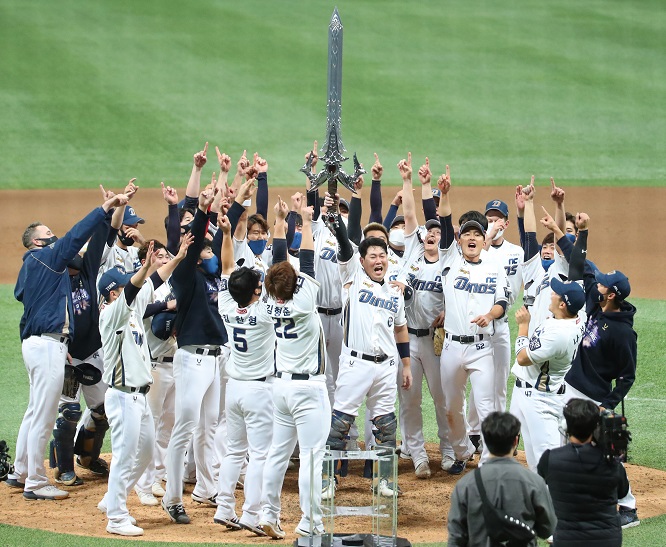
Members of the NC Dinos celebrate their Korean Series championship following a 4-2 victory over the Doosan Bears in Game 6 at Gocheok Sky Dome in Seoul on Nov. 24, 2020. Team captain Yang Eui-ji (C) is holding up a replica of “Execution Sword,” a highly valued item from the game “Lineage” by NCSOFT. (Yonhap)
Moments after the conclusion of the Korean Series, the KBO released estimated figures for revenue and postseason payouts to the five participants.
The revenue came to 3.8 billion won (US$3.4 million), down from 8.8 billion won in 2019. The KBO will take away 1.68 billion won of that 3.8 billion to cover operating costs, and leave about 2.1 billion won for teams.
The Dinos will receive 20 percent of that amount, or 420 million won, for winning the regular season title.
From the remaining 1.7 billion won or so, the Dinos will pocket 50 percent of the pie, or 850 million won, for taking the Korean Series championship.
That’s 1.27 billion won in total for the Dinos. Last year, the Bears received 2.7 billion won for winning both the regular season title and the Korean Series championship.
The post-championship ceremony also had some bizarre feel to it.
To ensure distancing, players all had to stand alone on individual podiums to receive their Korean Series medals — rather than standing on one giant podium or just mingling with each other on the field. Masks were mandatory, too.
Players and coaches had to wear gloves to touch the trophy.
The season that began with no fans in seats ended with 1,670 of them celebrating the champions. It still wasn’t ideal, but few things are during the pandemic.
Just one day after the 2020 season concluded, Ryu, the KBO official, said he was already concerned about how the next season will play out and how much worse financial problems will get for the teams.
But when he takes a step back and reflects on the season, he is proud of how the KBO was able to pull it off.
“I’ve been in the league for 30 years and I’ve never had to deal with anything like this. I think we all felt lost in the beginning,” Ryu said.
“But along the way, I think we all developed our know-how on how to run the league in a situation such as this. And we demonstrated the competitiveness of our league and the system in place that made the full season possible.”
(Yonhap)



